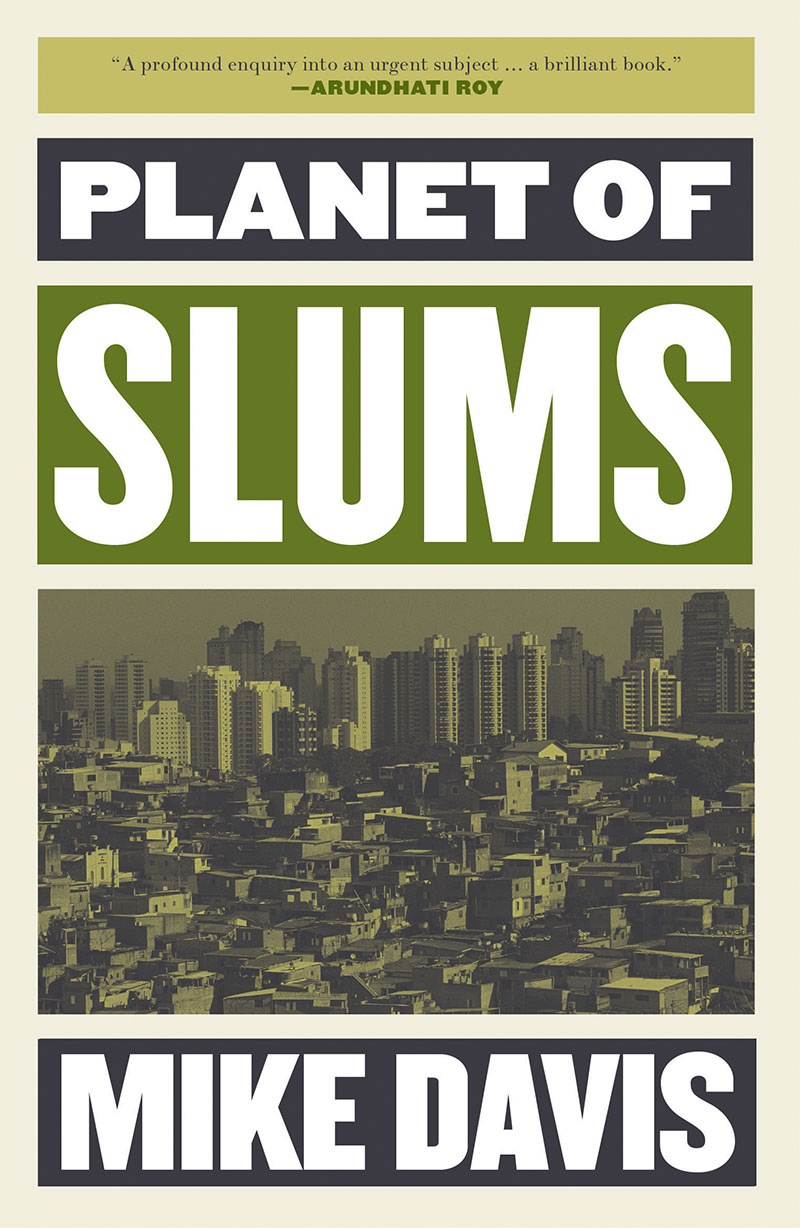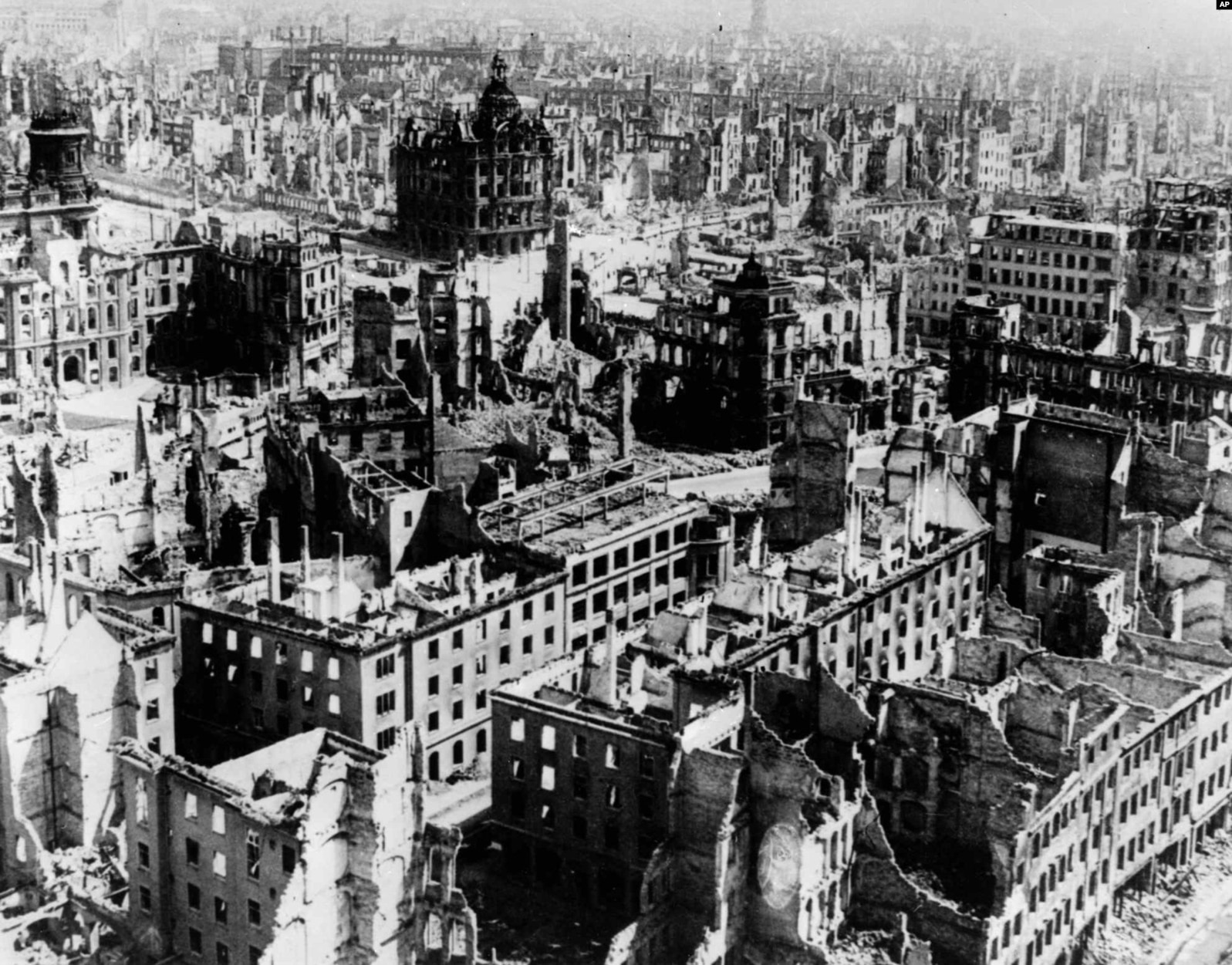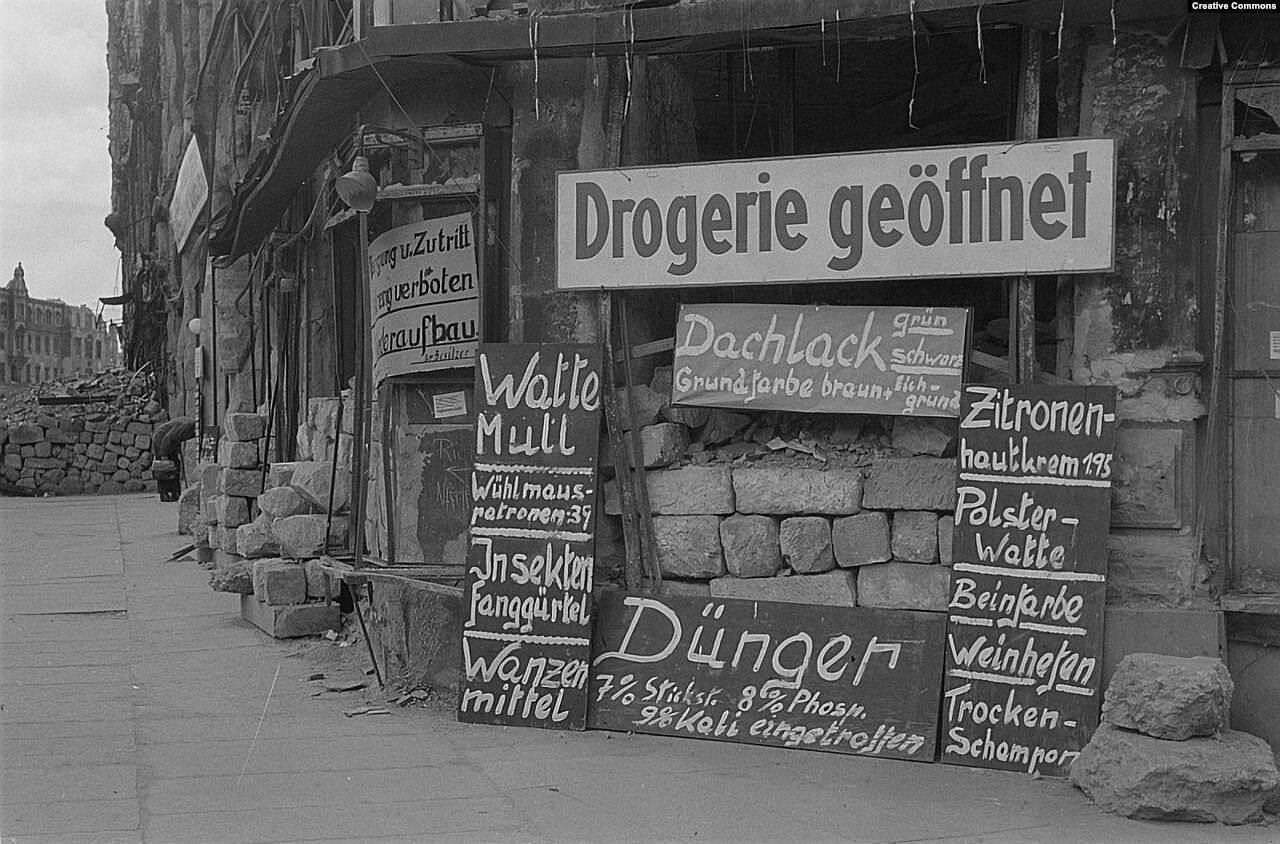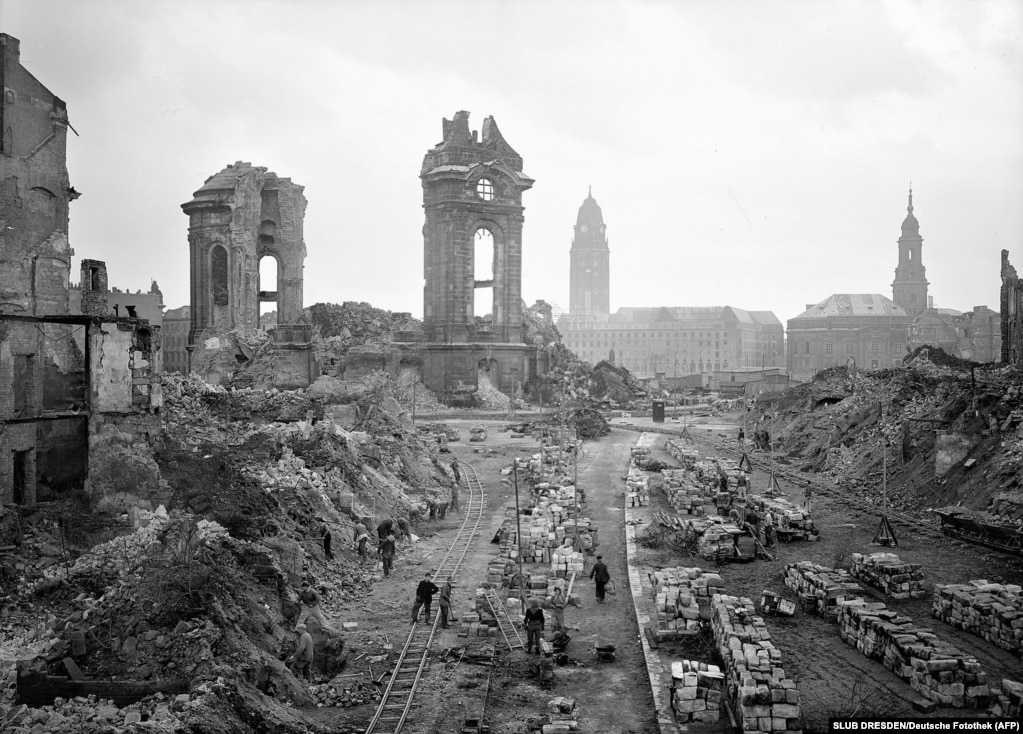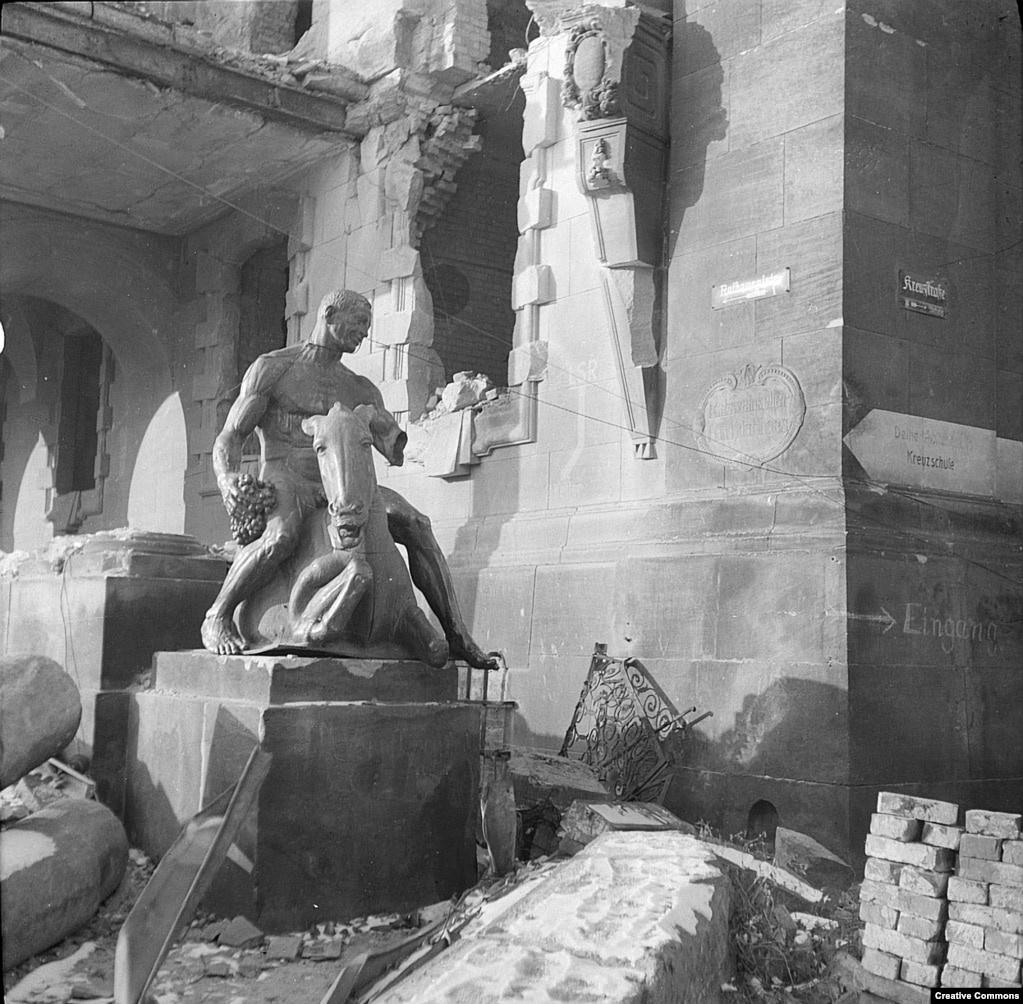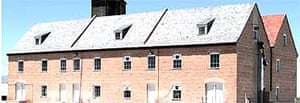FROM THE ARCHIVES
I RECOMMEND MIKE DAVIS BOOKS AS GREAT READING
COVER STORY |
 The American Earthquake The American Earthquake
Mike Davis and the Politics of Disaster
By Adam Shatz |
PHONING MIKE DAVIS is a good way of getting acquainted with his answering machine. It is a virtually futile way of getting hold of the celebrated author of City of Quartz. Before arriving in Los Angeles, where Davis lives and writes, I'd had no luck reaching him. Sitting on his porch on a warm evening this past June, I understood why: The phone rang incessantly, and Davis never once rose from his chair.
The calls last from morning to midnight. It might be the photographer Richard Avedon or the architect I.M. Pei with a request for one of Davis's legendary tours of L.A. It could be Backlash author Susan Faludi, whom Davis has introduced to young gang members for her upcoming book on masculinity, or former Crip leader Dewayne Holmes, a Davis confidante who works in state senator Tom Hayden's L.A. office. It might also be a Danish curator mounting an exhibit on the postmodern city, an organizer with the hotel workers' union, a student at UCLA's Cesar Chavez Center, or (very likely) a Hollywood screenwriter. What this motley crew has in common is a belief that Mike Davis holds the keys to understanding the city of Los Angeles, and much else. In his writings on Southern California, the American working class, and the lives of the dispossessed, Davis offers dark parables of a post-liberal America poised on the brink of ruin.
Mike Davis's reputation rests largely on City of Quartz: Excavating the Future in Los Angeles (Vintage), his 1990 chronicle of the city's history from the socialist cooperative of Llano del Río to Blade Runnerstyle capitalism. The book appeared at a serendipitous moment: A full decade of Reaganism had remade American society in the image of Southern California, with its volatile mix of squalid inner cities and gated communities. But City of Quartz had merits of its own: Here was an urban history that took to heart Lewis Mumford's admonishment that rebuilding a city "involves the larger task of rebuilding our civilization." In arresting meditations on homeowners' revolts, Daryl Gates's police department, Frank Gehry's aesthetics, Anglo-Latino conflicts within the Catholic Church, and the death of the steel industry, Davis took the reader on a kaleidoscopic tour of contemporary L.A. Even as he offered vivid street-smart reportage (and frequently breathtaking prose), Davis projected a distinctive historical vision, a New Left Marxism infused with working-class nostalgia--and apocalyptic rage.
"Contemporary urban America," he flatly declared, "is more like Victorian England than Walt Whitman's or La Guardia's New York. In Los Angeles, once-upon-a-time a demi-paradise of free beaches, luxurious parks, and 'cruising strips,' genuinely democratic space is all but extinct. The Oz-like archipelago of Westside pleasure domes--a continuum of tony malls, arts centers, and gourmet strips--is reciprocally dependent upon the social imprisonment of the third-world service proletariat who live in increasingly repressive ghettoes and barrios.... Even as the walls have come down in Eastern Europe, they are being erected all over Los Angeles." Two years after the book's publication came the L.A. riots, lending Davis's analysis a luster of prophecy.
A more curious aspect of City of Quartz's appeal was its design, marrying postmodern cool and Bogartian machismo. Robert Morrow's photograph of the eerily glamorous turquoise observatory of the Metropolitan Detention Center graced the cover, while William Gibson's back-cover blurb proclaimed the book "more cyberpunk than any work of fiction could ever be." Although Davis--with his boyish frame, liquid-blue eyes, and gently weathered face--lacks any hint of menace in person, his mug shot on the inside jacket radiated tough guy: arms folded defiantly, dressed in black, glowering at the reader. He was described as "a native son" and "former meat cutter and long-distance truck driver" who incidentally "teaches urban theory at the Southern California Institute of Architecture." The packaging paid off. City of Quartz became a cult hit, appealing to readers far beyond its target audience of left-leaning urban geographers and historians--including Bruce Willis, a big donor to Newt Gingrich, who was recently glimpsed reading the book in a New York Times Magazine feature.
Meanwhile, the man who blasted suburban escapism and took us down L.A.'s mean streets has turned his attention to the furies of nature, a move that may puzzle many of his admirers. The Ecology of Fear, which will be published next spring by Metropolitan Books, is a richly eccentric study of the social and political significance of natural disasters. Treating environmental history as a window into "larger class struggles," Davis argues that justice and ecology amount to the same thing in the Land of Sunshine. Unchecked urbanization has not only laid waste to democratic public space but "transgressed environmental common-sense," thus inviting nature's revenge. A work of distinctly millennial cadences, The Ecology of Fear conjures up a catastrophe-prone landscape governed by a geological "dialectic of ordinary disaster" and visited occasionally by cougars, snakes, and killer bees. The fire next time, it seems, may come from the sky as well as the streets.
IN THE PAST few years, Davis has retreated from the public-intellectual circuit, rarely granting interviews. "I'm really not that interesting," he protests weakly. Coming from a man so attentive to the creation of his literary persona, the self-effacement can ring a little hollow. But behind it lies the defensiveness of a proud outsider uneasy with celebrity. "Mike is a very romantic guy who has this image of himself as a working-class revolutionary," says journalist Alexander Cockburn, a longtime friend and admirer of Davis. For the better part of his adult life, Davis has been on the road: He was still making ends meet as a truck driver long after many of his friends on the left found permanent sanctuary in the academy.
With City of Quartz came the fruits--and the bruising ironies--of mainstream recognition. L.A.'s poor have seen little improvement in their lives since the riots, while Davis, who took up his pen to dramatize their plight, has acquired a small piece of the California dream, the very idea he set out to debunk. He received a $50,000 advance for The Ecology of Fear. He won a Getty Fellowship. And he entered the ranks of L.A. homeowners, the vanguard of complacency in City of Quartz, moving into a modest gray-stucco house in Pasadena, just south of the San Gabriel Mountains. (He lives there with the Mexican political artist, Alessandra Moctezuma, his fifth wife.) "Ever since I got a mortgage, I've been corrupted," Davis half jokes. "I've been dreaming about my lawn and worrying about my property values."
That said, he still has to hustle to make a living. A tenure-track position continues to elude Davis, who averages five adjunct courses a semester at various schools. "Mike is a brilliant loose cannon and also a kind of wonderful political journalist, and neither of these would be accepted by peers at a major university," says Davis's friend and erstwhile employer, Ed Soja, a UCLA geographer.

Davis, who never completed his Ph.D. in history at UCLA, has his own misgivings about the academy. As the father of two school-age children, he needs the security of a steady income, but he has not made it easy for departments to bring him on board. This spring the University of Southern California nearly offered him an endowed chair in American history. Davis, who had spray painted the university's walls with anti-Vietnam graffiti in 1965, was thrilled but warned administrators, "You'll have intractable problems if you hire me." When friends in the food-service workers' union informed him that the university was contracting out the jobs of its cafeteria workers, Davis assailed the school in the L.A. Weekly as "the most reactionary institution in L.A." A top administrator accused him of slander, and the job was given to someone else.
Even when his extracurricular politics are not the issue, Davis's pedagogical practices might well cause a university to think twice about tenuring him. Once, while teaching at the Southern California Institute of Architecture, he devised an experiment to prove that one could feel reasonably safe in any neighborhood in L.A. in the middle of the night. One of his students, a crown prince of Fiji, decided to test this idea in Hollywood. There he met a handful of drug dealers, and they ended up having a marvelous time--until they were jumped by another group of dealers, who stabbed and nearly killed the prince. Davis recalls: "When I visited him in the hospital, I told him how sorry I was, but he said, 'No, Mike, I'll never be able to thank you for this. I would never have experienced anything like it in Fiji.'" Even so, Davis was almost fired over the incident. "I had to lie low for a while after that," he says with a smile.
THOUGH DAVIS may have become an angry messenger from the streets of L.A., he doesn't originally hail from the city. "I'm a white, middle-aged working-class guy who grew up in the far outer suburbs that turn out into the desert," he says. "That's my existential relation to the metropolis."
Davis was born in the dusty California town of Fontana in 1946. (The same year, a group of Fontanan motorcyclists founded the Hell's Angels.) The Fontana of Davis's childhood wasn't paradise, but there were plenty of decent jobs in Henry Kaiser's steel mill and in trucking. The unions were strong, and management relatively liberal. Mike's father, Dwight Davis, worked in town as a meat cutter. Fontana looms large in the Davis imagination, largely as a place of lost possibilities: Over the ensuing years, Fontana's steel industry was gutted, and what replaced it were inflated land prices and untrammeled development. Indeed, remembering the fate of his hometown inspires Davis to turn toward extravagant metaphors of disaster. As he wrote in the final chapter of City of Quartz, "The former primary steelworks itself looks like Dresden, Hiroshima, or perhaps the most fitting image, Tokyo in April 1945 after three months of concentrated fire-bombing with Kaiser-made 'goop.'"
Davis's family eventually moved to Bostonia, a hamlet east of San Diego--and the crucible for the writer's catastrophist sensibility. A number of residents of this military town imagined themselves on the brink of annihilation, thanks to rumors spread by the John Birch Society that an elite unit of Chinese troops on the Mexican border was poised to invade San Diego. On the weekends, families would go to the Marine recruiting depot to hear fiery anticommunist oratory and watch soldiers toss flamethrowers into the sky. Davis joined the Devil Pups (the Marines' answer to the Boy Scouts) and counted the days before he would "go somewhere in Asia to kill people." For a while, he was "a real Cold War fanatic."
When a heart attack left Davis's father temporarily disabled, his mother took her sixteen-year-old son out of school and put him to work at the Bostonia meat factory. And there he might have stayed had it not been for a black civil rights activist named Jim Stone.
The husband of Davis's cousin Carol, Stone cut a bold, charismatic figure. In 1962 Davis accompanied Stone to a demonstration against the all-white San Diego branch of the Bank of America. It was a kind of conversion experience conducted under the most harrowing conditions. "A group of redneck sailors drenched us with lighter fluid, and one of the guys started flicking his lighter," he recalls. Under Stone's tutelage, Davis transformed himself into a political activist, working at the San Diego offices of the Congress of Racial Equality (CORE). He finished high school and landed a full scholarship to Reed College.
His stay in Oregon, however, was short and unhappy. Painfully aware of being a working-class kid among the children of doctors and lawyers, he became belligerent, ultimately getting himself expelled for living illegally in his girlfriend's dorm. So Davis returned to full-time activism. In 1964 he joined Students for a Democratic Society (SDS), spending the next three years organizing sit-ins and protests on the West Coast. As the Vietnam War escalated, he grew further radicalized, eventually joining the Communist Party. For nearly two years, he managed the party's bookstore in L.A., not far from FBI headquarters.
In 1969, after being fired by Dorothy Healey, the regional party leader, for hounding the Russian cultural attaché out of the store--Davis despised the Soviets and didn't like them snooping around--he enrolled in a teamsters' opportunity program. For the next four years, he hauled 240-foot trailers filled with Barbie dolls out of L.A., acquiring an encyclopedic knowledge of the city as well as of Western geography. In his spare time, he tried to master Marx's Capital and Sartre's Search for a Method and paid visits to Herbert Marcuse. Fellow left-wing truckers were rather hard to come by. "At night we'd go out to topless bars, and I'd blurt out, 'I'm a communist,' and they'd say, 'Dick's a Jehovah's Witness. Let's have another drink.'"
One day, Davis decided he had had enough and that he wanted to resume his education. A particularly jolting experience clinched his decision. "I had this job with a bus-tour company when suddenly this insanely violent strike broke out. A strikebreaker ran a bus over one of our guys, and next thing I knew I was in a room with forty guys voting on whether each of us is gonna put up $400 to hire a hit man to kill the head of the strikebreakers. I said, 'Hey, guys, this is just crazy,' and made the best speech of my life. I was outvoted thirty-nine to one. I thought to myself, 'Typical American workers'; I think I said 'pussies.' Instead of coming up with a political strategy, they reach for their guns as soon as they see a scab driving their bus. And here I am about to become a freshman at UCLA, and I'm going to get arrested for criminal conspiracy." Ironically, Davis was saved by the L.A. Police Department, which apprehended the hit men for drunk driving and seized their guns. The Westwood campus started to look like a pretty good alternative to trucking, given the dues the Teamsters union seemed to require of its members.






